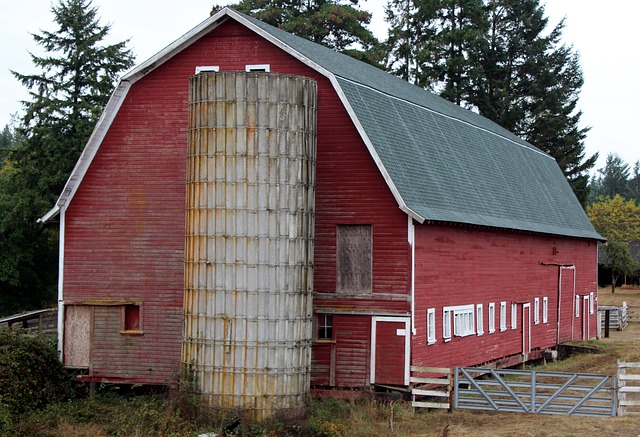Wine 101: Quality
There is bad wine out there, and the quality of the wine is not always equated with the price. Poor quality wine can be due to many causes, including the wine-making process, the corks used or the storage. Here are Some Faults to Look Out for:
#1 Brett: Animal (barnyard, horse stable), antiseptic (menthol), sweaty, bacon, clove or smoky aromas. In small amounts, it can be a good thing, but in large quantities, it can be overpowering.
Pixabay
Pixabay
#2 Corked: Can smell like a wet dog, moldy room or damp cardboard.
#3 Lightstrike: It typically affects delicate white wine, such as Champagne. The wine can smell and taste like wet wool.
Pixabay
By Moe Rubenzahl - Moe Rubenzahl, GFDL, https://commons.wikimedia.org/w/index.php?curid=11265690
#4 Maderized: Can smell and taste like baked brown sugar, candied fruit or almond extract. If you're drinking a dessert wine, these flavors and aromas are normal.
#5 Oxidized: The wine will have a brownish hue in red wine and an orange or brownish hue in white wine. It can smell of vinegar and taste flat and faded. (Think of soda that's lost its fizz).
Shutterstock
Pixabay
#6 Reduced: Can smell of lit matches, burnt rubber, rotten eggs, boiled cabbage, skunk or even sewage. Some people value a slight reduction in their wine because it can add to the complexity of it.
#7 Secondary Fermentation: You'll see tiny bubbles and hear fizz. Bubbles and fizz are typical in some wines, like Champagne or Prosecco.
By Quinn Dombrowski (originally posted to Flickr as Champagne bubbles) [CC BY-SA 2.0 (http://creativecommons.org/licenses/by-sa/2.0)], via Wikimedia Commons
Shutterstock
#8 Sulfides: Can create a rotten egg aroma in the wine that can tickle your nose and throat when you smell it.
#9 Tight: The wine doesn't have an aroma or flavor. You can fix tightness by giving the wine a chance to open up or 'breathe.'
Shutterstock
Shutterstock
#10 Old: Lack of fruit flavor also may taste nutty or vinegary.
#11 Volatile Acidity: The wine smells and tastes like vinegar. On a small scale, this can be a good thing.
Photo Courtesy of Pixabay








![By Quinn Dombrowski (originally posted to Flickr as Champagne bubbles) [CC BY-SA 2.0 (http://creativecommons.org/licenses/by-sa/2.0)], via Wikimedia Commons](https://images.squarespace-cdn.com/content/v1/57ca2d1ce58c6267c2111e79/1503111643825-WQNSMG5LS9G7DNNX77DY/Secondary+Fermentation+-+Large.jpg)








